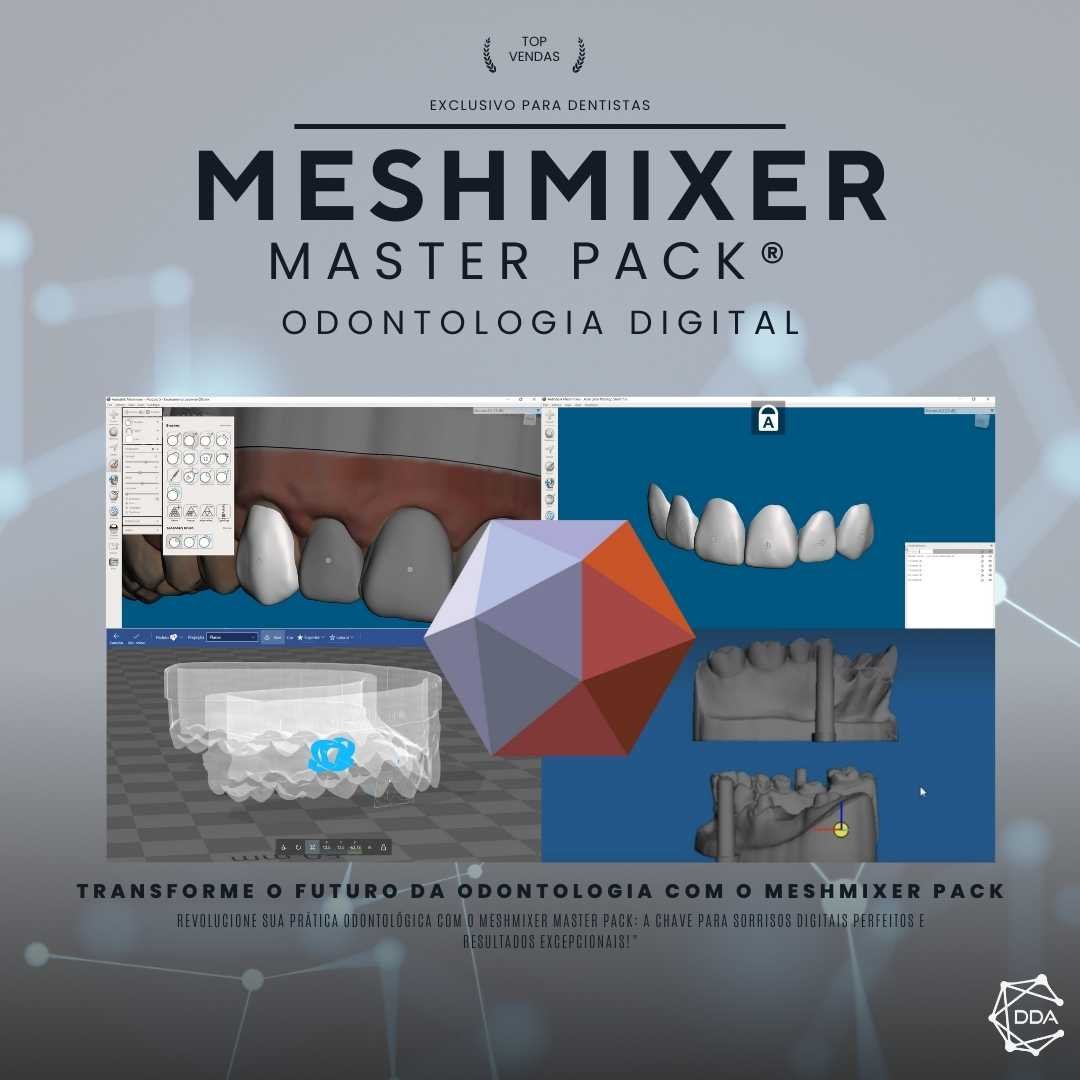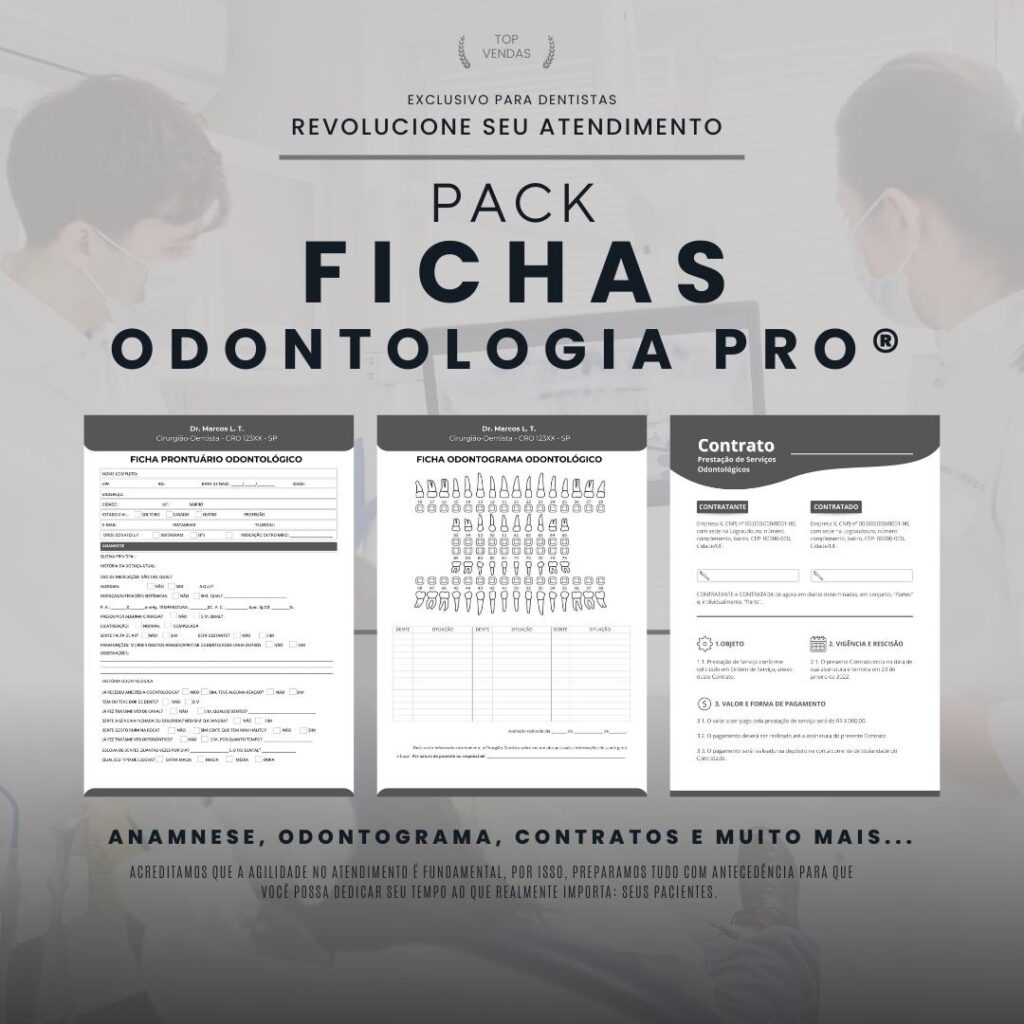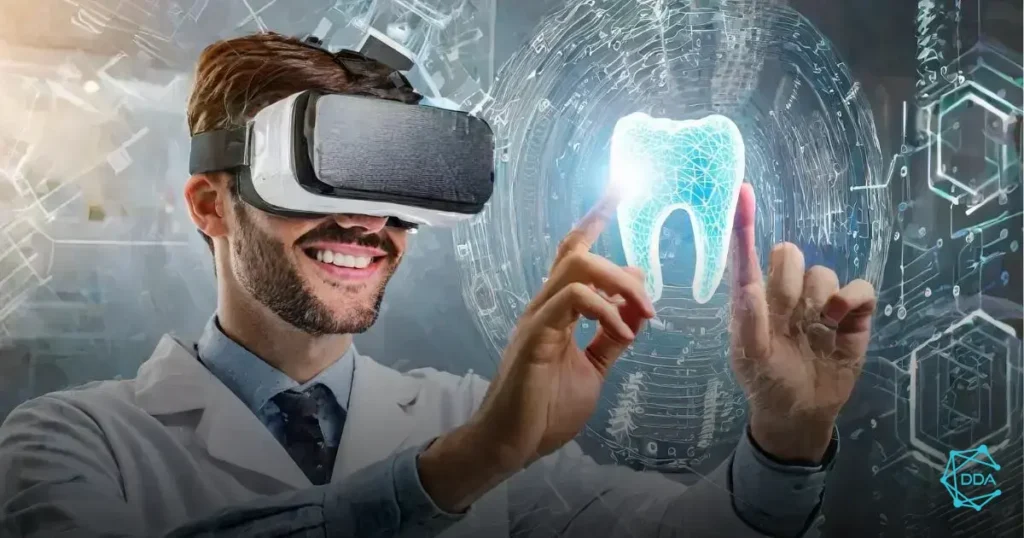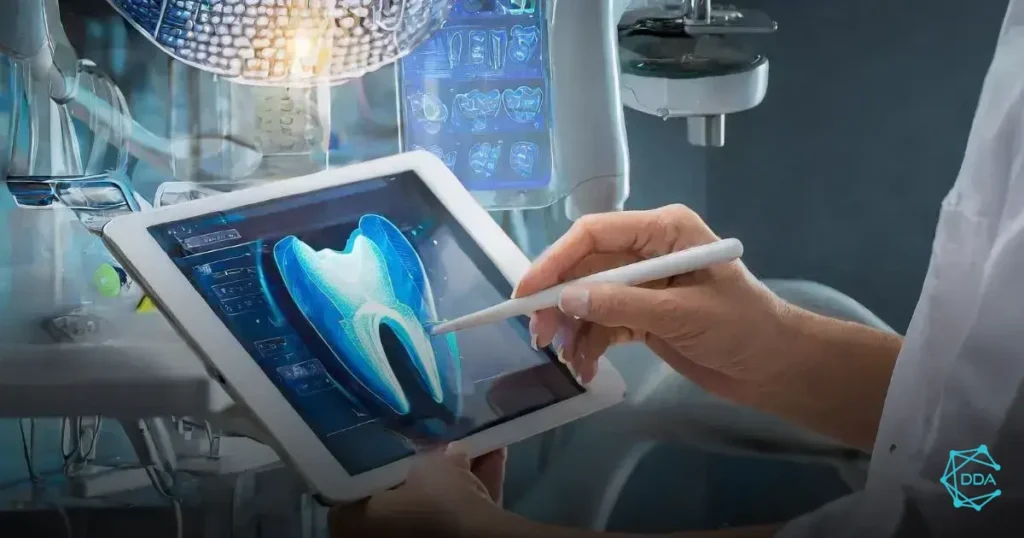Welcome to our article on “What is Botox”. In this content, we will explore and provide complete information about botox, including its definition, history, benefits, applications and more.
What is botox?
Botox is the trade name for a substance called botulinum toxin, produced by the bacteria Clostridium botulinum. This substance works by blocking the nerve signals that are responsible for muscle contraction, resulting in temporary muscle relaxation.
Although botulinum toxin is mainly known for its use in aesthetics, mainly to reduce wrinkles and expression lines, it also has other medical applications, such as treating neurological disorders and health conditions.
History of botox
The history of botox dates back to the 19th century, when German doctor Justinus Kerner discovered that food poisoning caused by the bacteria Clostridium botulinum was related to muscular paralysis. It was only in the 20th century that botulinum toxin began to be studied and used for medical and aesthetic purposes.
In the late 1980s, botulinum toxin was approved by the United States Food and Drug Administration (FDA) for cosmetic use, specifically for the treatment of wrinkles in the forehead area. From then on, its use and popularity grew rapidly across the world.
Benefits of botox
Botox offers several benefits, both aesthetic and medical. Below, we list some of the main benefits of using botulinum toxin:
1. Reduction of wrinkles and expression lines
Botox is most commonly known for its use in treating wrinkles and facial expression lines. When injected into specific areas, it relaxes the muscles responsible for the formation of these wrinkles, resulting in a smoother, more youthful appearance.
2. Hyperhidrosis treatment
Hyperhidrosis is a condition characterized by excessive sweat production. Botox can be used to treat hyperhidrosis by injecting botulinum toxin into affected areas, such as armpits, palms and soles. This helps reduce sweat production in these regions, providing relief to the patient.
3. Relief from migraines
Some studies have shown that Botox can be effective in treating chronic migraines. Botulinum toxin is injected into the affected areas of the head and neck, helping to reduce the intensity and frequency of headaches.
Botox applications
The use of botox goes beyond aesthetics. Botulinum toxin is used for several medical applications, including:
1. Muscle spasms
Botox is used to treat muscle spasms, such as neck spasms, blepharospasms (eyelid spasms), and facial spasms. It works by relaxing the affected muscles and relieving the symptoms associated with these spasms.
2. Strabismus
Strabismus is an eye condition that causes the eyes to misalign. Botox can be injected into one of the eye muscles, providing balance in the alignment of the eyes and improving the patient's vision.
3. Cervical dystonia
Cervical dystonia is a neurological condition characterized by involuntary muscle contractions in the neck and shoulders. Botox has been shown to be effective in treating this condition, relaxing the affected muscles and reducing associated symptoms.
Conclusion
In summary, botox, or botulinum toxin, is a versatile substance and widely used in the fields of aesthetics and medicine. Its benefits range from reducing wrinkles and expression lines to treating various medical conditions. It is important that the use of botox is carried out by qualified and duly qualified professionals, ensuring the safety and effectiveness of the treatment.
We hope this article has provided useful and enlightening information about what botox is and its applications. If you are considering using Botox for any treatment, be sure to consult a specialist doctor to assess your needs and guide you correctly.






